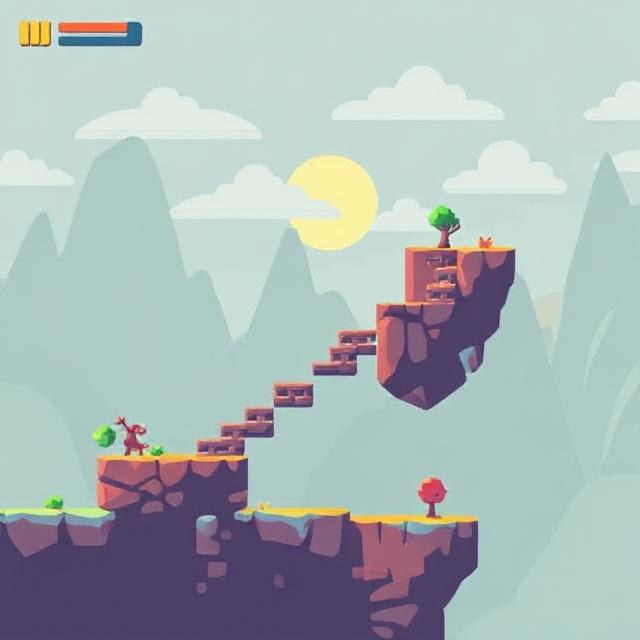Level design is a game’s silent narrator. It tells players where to go, how to feel, and when to struggle. The best games balance progression and challenge so intuitively that players barely notice they’re being guided. But behind the scenes, great level design is deliberate, structured, and deeply psychological.
Progression must feel earned, not handed over. Think of how Super Mario introduces mechanics through safe, low-risk scenarios, then builds complexity. Each new enemy, obstacle, or ability is introduced gently, then tested rigorously.
Challenge must be fair. Punishing players without clarity breeds frustration. Celeste is a masterclass in this—it’s brutally difficult but always teaches through design. When you die, it feels like your fault, not the game’s.
Good levels also reward exploration and curiosity. Hidden areas, alternative paths, and secrets give players the joy of discovery. Dark Souls and Hollow Knight use verticality and looping paths to create a sense of a connected world.
Ultimately, the key is flow—a level should rise and fall like a story, with quiet moments and climaxes. Poor level design breaks immersion; great design makes time disappear.
So next time you’re enjoying a seamless game experience, remember: it’s not just the visuals or the combat—it’s the invisible hand of a skilled level designer keeping you hooked.

